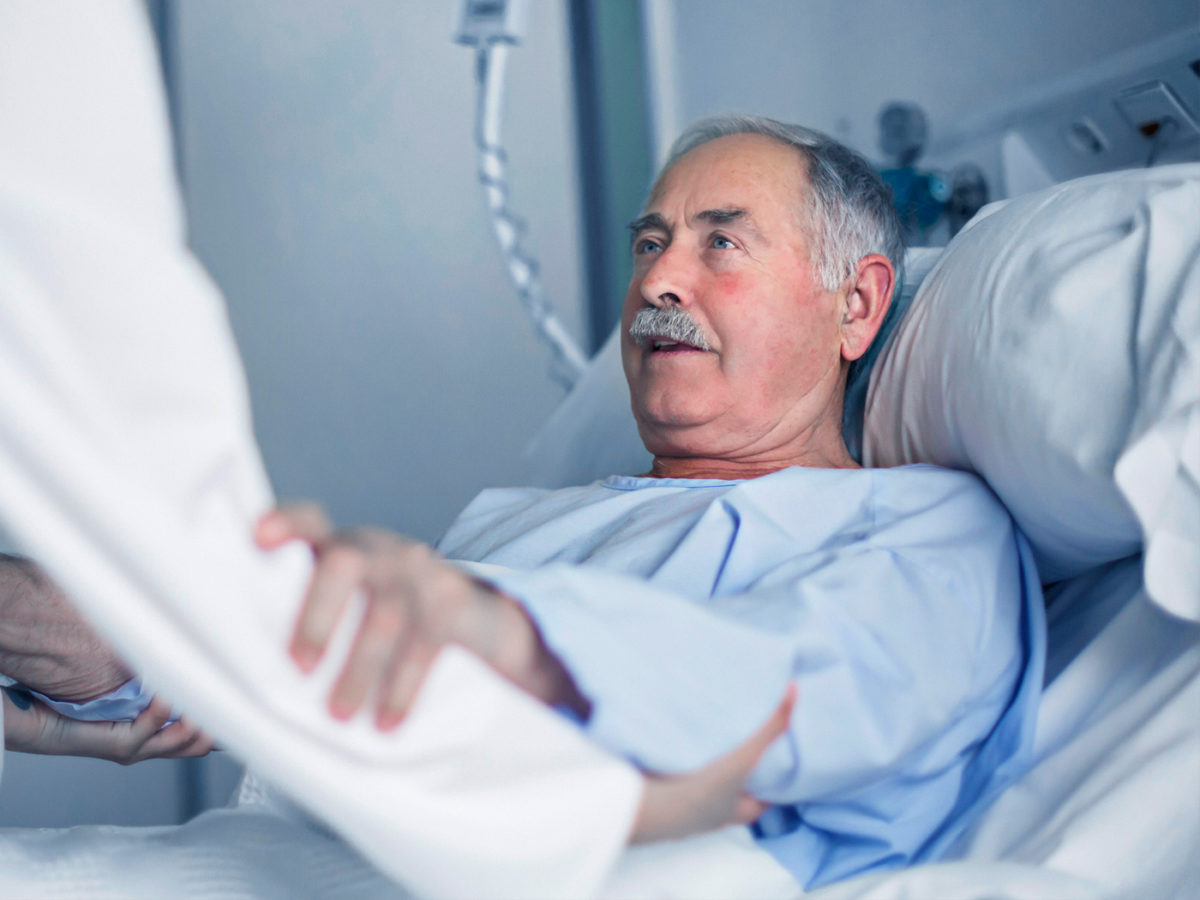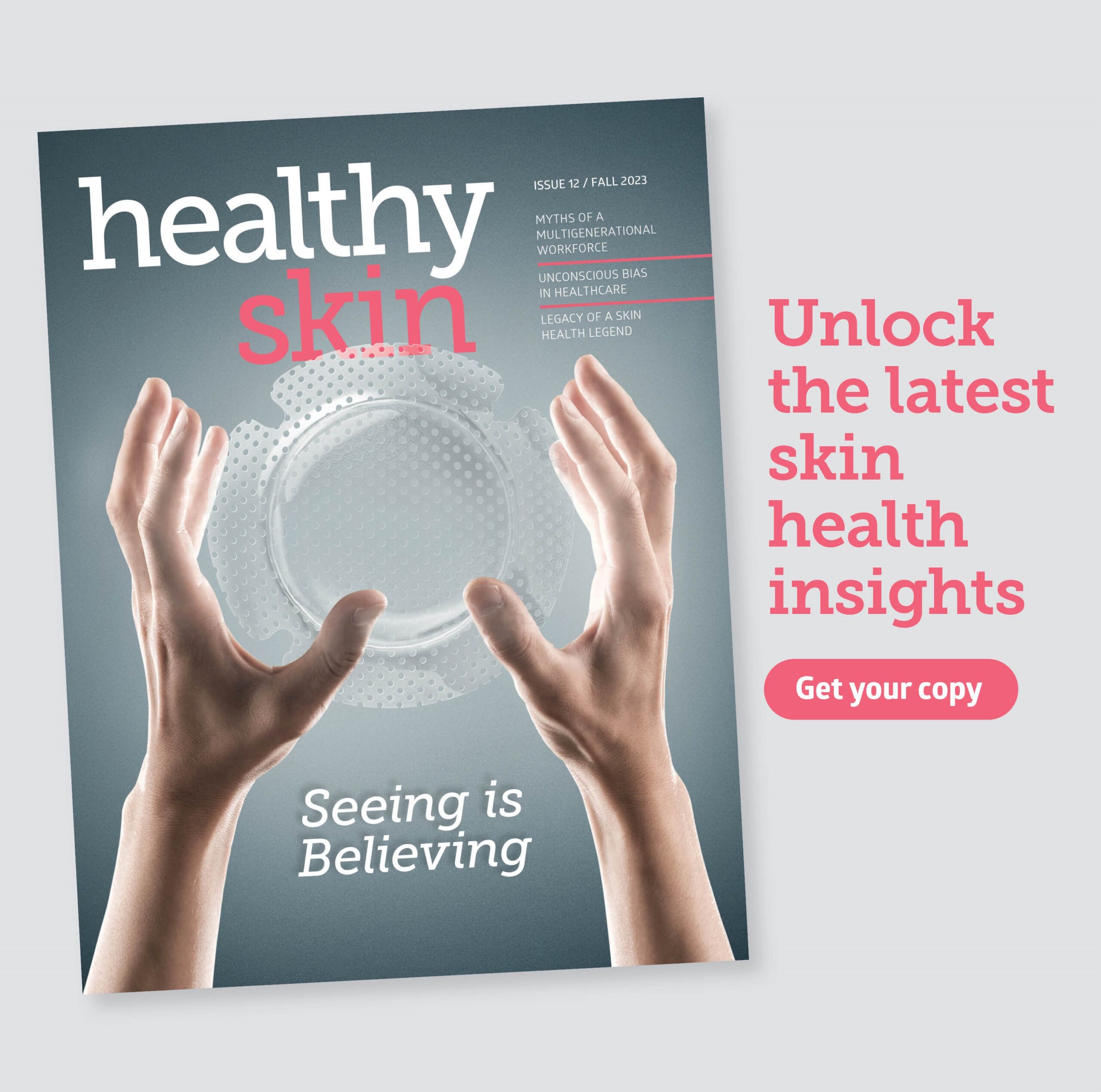Routine skin assessments recommended when proning COVID-19 patients

Clinicians say more support, training and clinical education needed
By Medline Newsroom Staff | March 26, 2021
Nearly 60,000 people die each year from complications associated with pressure injuries¹. As proning, the process of turning patients onto their stomachs for extended periods of time, has become a part of COVID-19 protocols for ventilated patients, experts say it is important to perform routine skin assessments and off-load and pad bony prominence areas.
It’s the latest reminder of an ongoing theme a recent Medline survey revealed among clinicians: the need to promote continuous staff education to support best practices.
Medline in 2019 surveyed nearly a thousand RNs and CNAs at healthcare facilities across the nation as part of Skin Health Solutions discovery assessments. The assessments uncovered five key insights into skin health and pressure injury prevention protocols:
- In 2019, the National Pressure Injury Advisory Panel (NPIAP) Clinical Practice Guidelines updated their guidance that turning patients every two hours is no longer recommended. However, nearly 92% of respondents reported repositioning patients every two hours.
- Only 42.84% report using a moisturizer on patients daily. Dry skin is a significant risk factor for pressure injury.
- The most severe pressure injuries occur at the sacrum 44.8% of the time; however, 56.37% of staff report they do not have a protocol for the use of sacral foam dressing as a part of a pressure injury prevention program.
- Heel offloading can decrease the length of hospital stays and promote patient ambulation by preventing heel pressure injuries yet only 40% of staff report using heel protector devices for offloading heels.
- Nearly 66% of staff would like more training in pressure injury staging but only 36 percent were trained.
“For the past year, we have been conducting best practice sessions with customers about the benefits of proning acute respiratory distress patients, how to protect patients and staff when proning the patient, and addressing common questions about proning,” said Angela Zuick, director of acute care clinical services at Medline. “Most of these conversations reveal that while skin health is always on the radar, competing priorities make it difficult to be number one. Having a renewed focus on it would create an incredible benefit to patients and clinicians.”
Medline offers a SHS Program that provides a complete training system to help empower staff with easy-to-use education and tools. The company performed nearly a hundred assessments in 2020 and will share the findings once the results are compiled.
Discover how Medline makes skin health second nature.
References:
Al Aboud, Ahmad M., and Biagio Manna. “Wound Pressure Injury Management” Wound Pressure Injury Management – StatPearls – NCBI Bookshelf (nih.gov)
Medline Newsroom Staff
Medline Newsroom Staff
Medline's newsroom staff researches and reports on the latest news and trends in healthcare.
